Relating Proposals to the Real Space: Workshop #2 at the Dr. Ámbédkar School

During the second workshop at the Dr. Ámbédkar School in Miskolc, Hungary, it was important to separate the goals and visions for the schoolyard and the dormitory’s garden discussed during the first workshop and relate these proposed activities to the real space. As a warm-up exercise, we created a list of functions and activities that were mentioned in the first workshop and asked participants to designate where they would like to do each activity. To facilitate this exercise, we provided four specific spaces, positioned in four different corners, in which each activity could take place: the schoolyard, the dormitory’s garden, somewhere else, and nowhere. For each activity, participants had to move to the corner that represented where they wanted the activity to take place. This exercise helped us to separate different activities and functions according to the institution’s two gardens. Additionally, it was a great exercise for the students and teachers to revisit and evaluate what they mentioned during the first meeting. Thus, the exercise not only refreshed the participants’ memories, but also helped them start to imagine participating in the proposed activities and functions.
After that, we separated the participants into two groups to work in parallel on the schoolyard and the dormitory’s garden. Both groups went to the actual sites where they had to imagine the proposed functions and find the best place to carry them out.
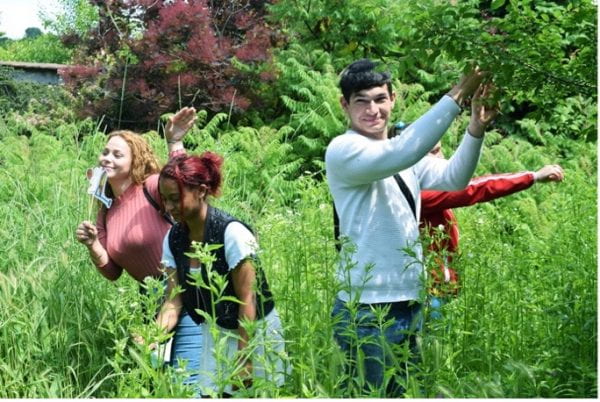
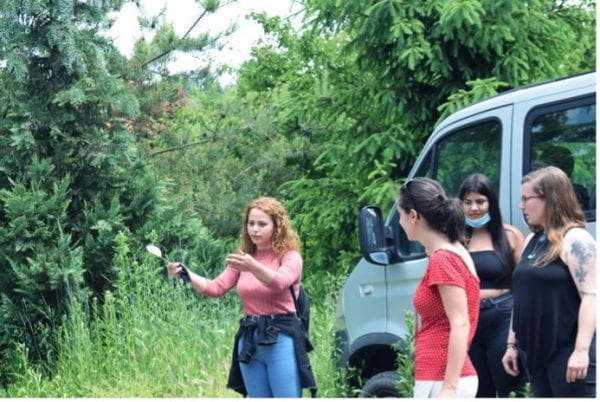
After some discussion, they were asked to create a human sculpture that represented the activity or the function.
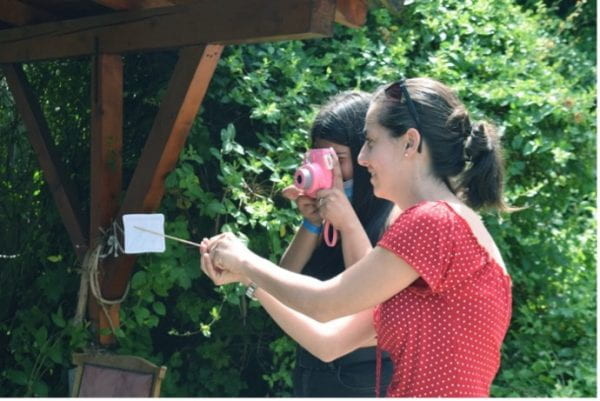
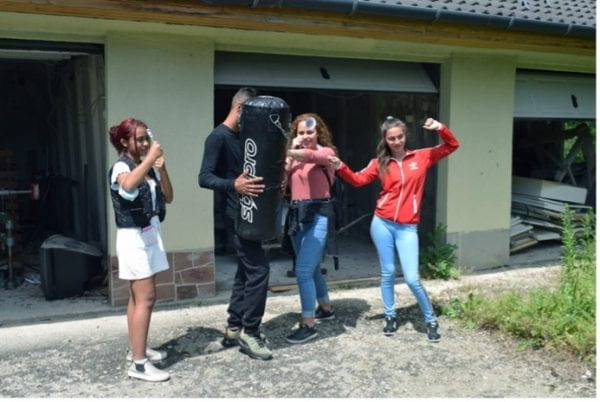
With Polaroid instant cameras they took pictures of themselves, aided by small props related to these activities and functions that we prepared in advance. By acting as if the proposed activities and functions were already in place and ready to use, the participants engaged in meaningful conversations among themselves and discovered some useful details about the materials, directions, and scales of the future objects.
When the two groups gathered again, they shared their findings with each other.

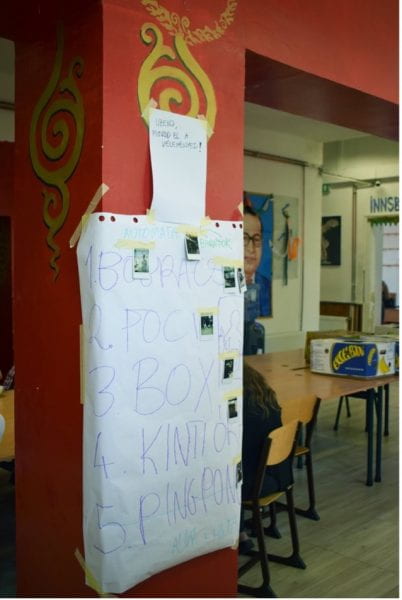
We put their Polaroid pictures up on a board we affixed to a wall of the school; this board could also be used to collect additional feedback following the second workshop from the wider school community. We believe that this exercise was not only useful for the project team to relate the future function to the space, but also for the school community to imagine and experience their visions through these prototypes.
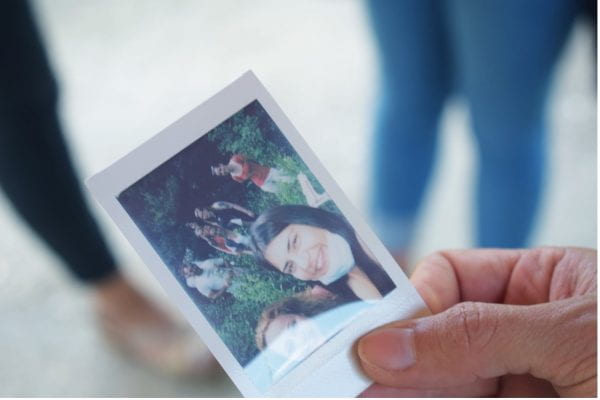
Thank you to Anita Reith, PhD Student and Lecturer, Hungarian University of Agriculture and Life Sciences (Landscape Faculty) for your contribution to this blog!